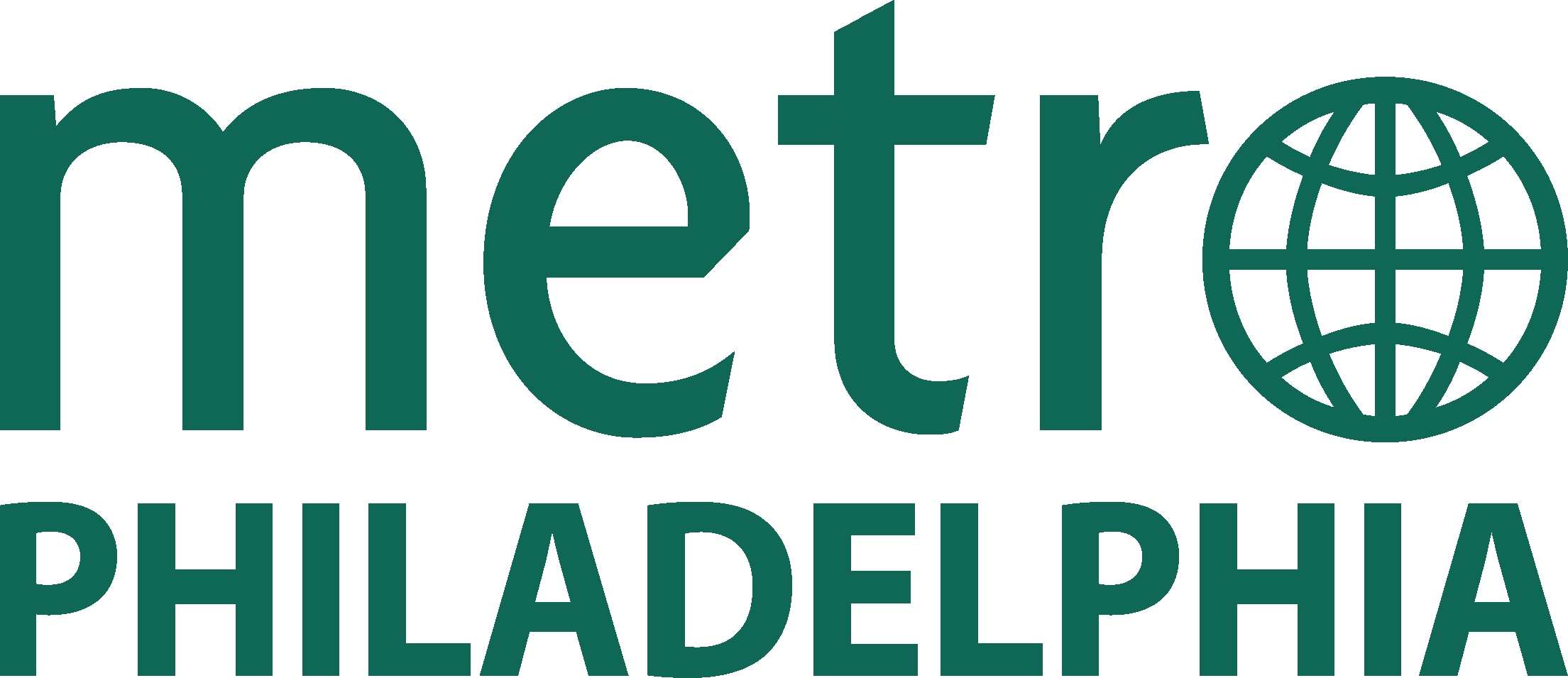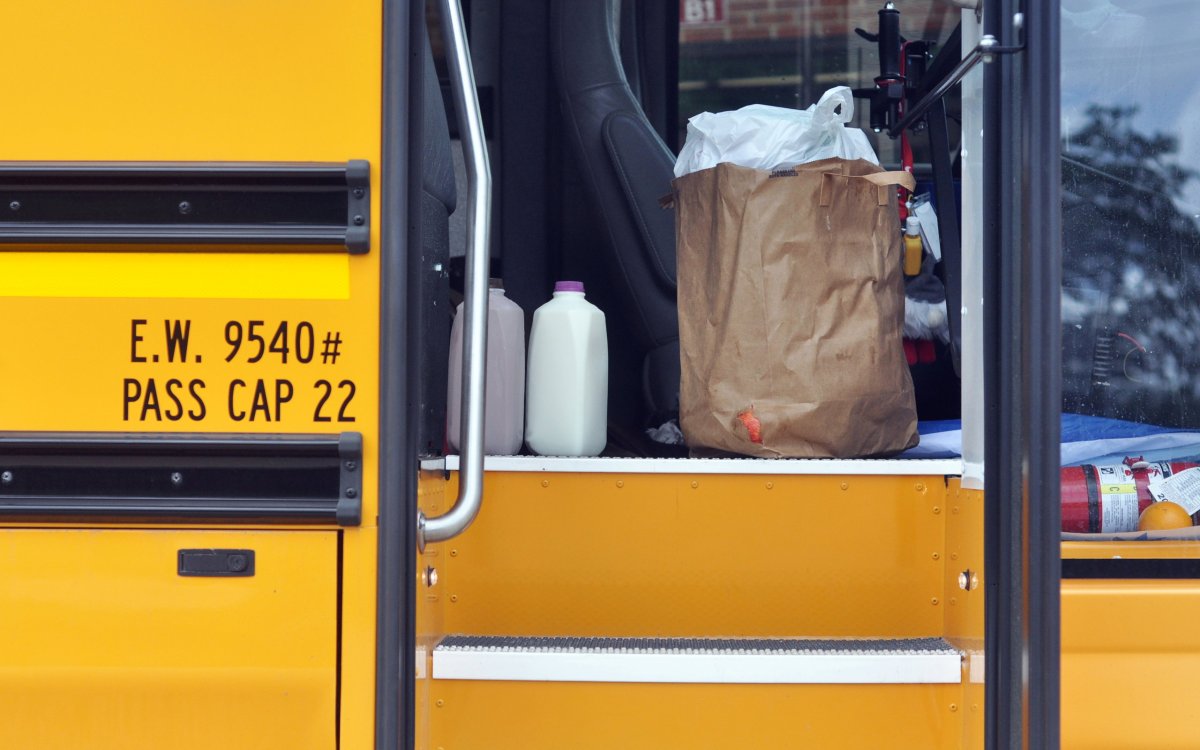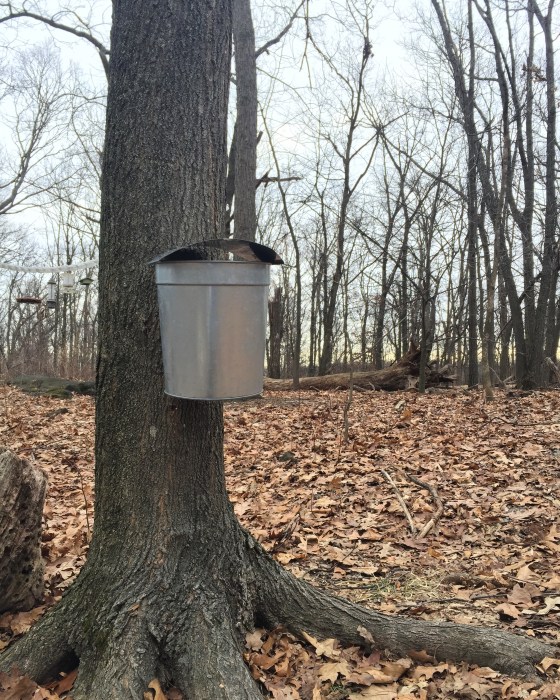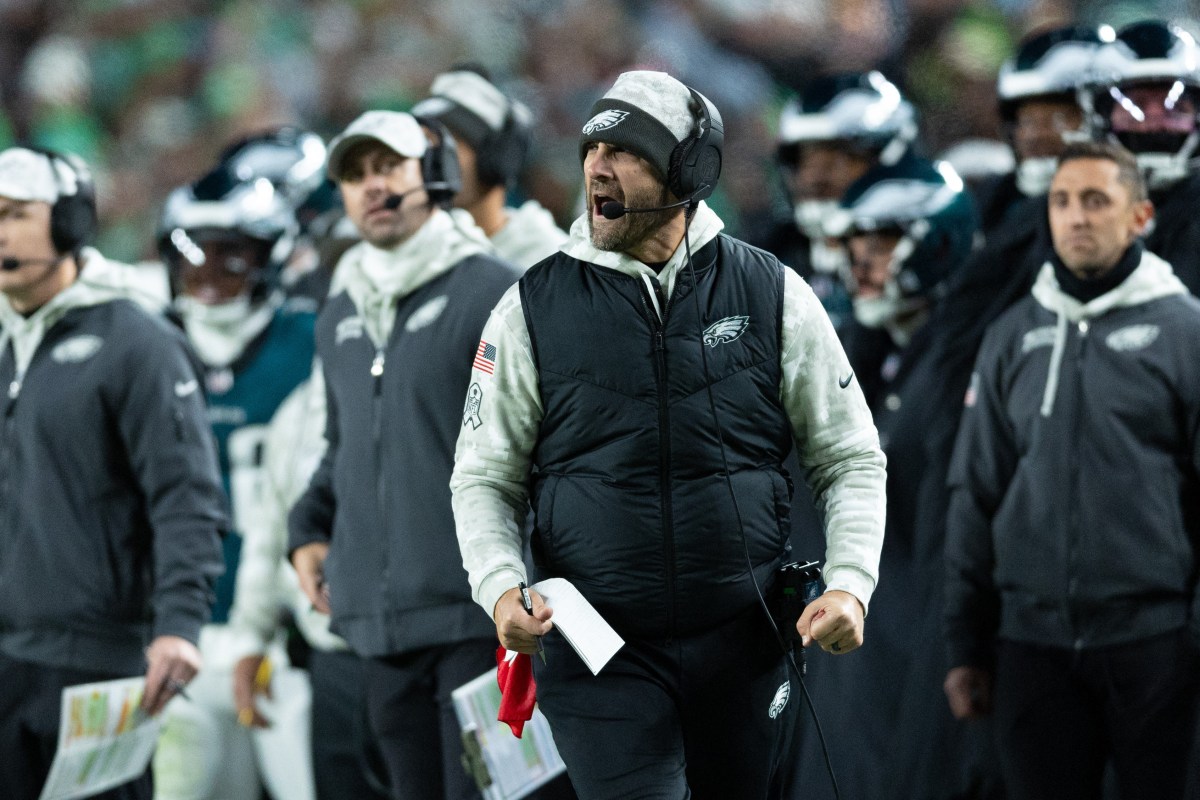By Christopher Walljasper
The number of Hispanic and Black families without enough to eat climbed in 2020, the U.S. government said on Wednesday, as the COVID-19 pandemic shuttered businesses and left millions of laid off Americans scrambling to put food on the table.
Overall food insecurity in America was unchanged from 2019 at 10.5%, the lowest level since the Great Recession, however.
Higher national hunger rates were avoided because the U.S. government spent billions of dollars on federal aid programs ranging from food buying to cash payments and expanded school lunch availability, data showed, while support from non-profit food banks also increased, according the U.S. Department of Agriculture’s (USDA) annual Household Food Security in the United States report.
Twenty percent of Americans received charitable food assistance in 2020, according to Feeding America, the largest non-profit network of food banks in the country.
“In 2020, We saw public health and economic impacts, but there were also extra resources available to households,” said Alisha Coleman-Jensen, social science analyst for USDA’s Economic Research Service.
But for Black and Hispanic families, as well as those in the South, hunger was exacerbated by the pandemic. The report showed more than one in four Black households with children were food insecure at some point in 2020, meaning they had to skip a meal or had less to feed their families – an 18% increase versus 2019. Hispanic families with children facing hunger jumped 28% to more than one in five.
Reuters


























